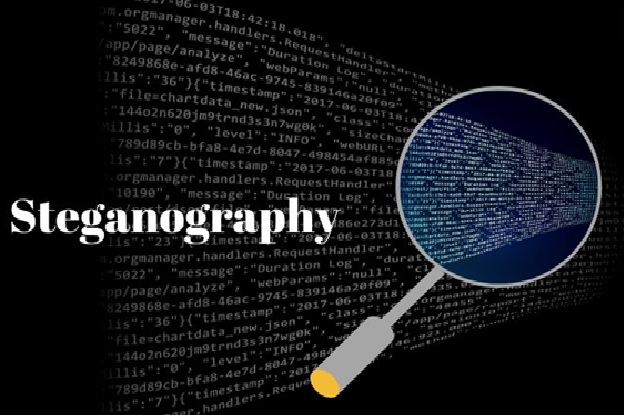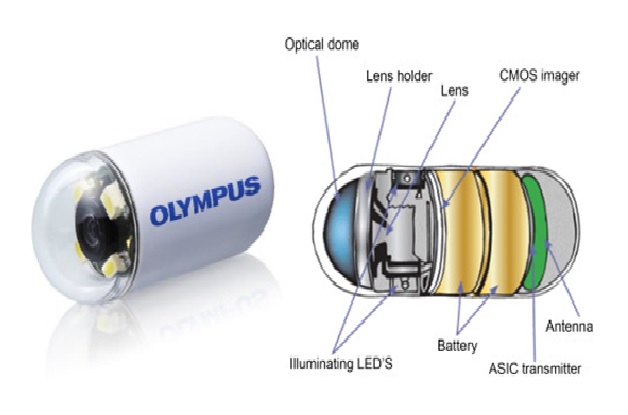Overview of Steganography
Steganography is the technique of hiding secret data within an ordinary, non-secret, file or message in order to avoid detection; the secret data is then extracted at its destination. The use of steganography can be combined with encryption as an extra step for hiding or protecting data. The word steganography is derived from the Greek words steganos (meaning hidden or covered) and the Greek root graph (meaning to write). [1]

Figure 1. The Overview of Steganography
Figure 1 shows steganography works by hiding information in a way that doesn’t arouse suspicion. One of the most popular techniques is 'least significant bit (LSB) steganography. In this type of steganography, the information hider embeds the secret information in the least significant bits of a media file. For instance, in an image file each pixel is comprised of three bytes of data corresponding to the colors red, green, and blue (some image formats allocate an additional fourth byte to transparency, or ‘alpha’).[2]
Steganography Techniques
Text Steganography
Text Steganography is hiding information inside the text files. It involves things like changing the format of existing text, changing words within a text, generating random character sequences or using context-free grammars to generate readable texts. Various techniques used to hide the data in the text are:
- Format Based Method
- Random and Statistical Generation
- Linguistic Method
Image Steganography
Hiding the data by taking the cover object as the image is known as image steganography. In digital steganography, images are widely used cover source because there are a huge number of bits present in the digital representation of an image. There are a lot of ways to hide information inside an image. Common approaches include:
- Least Significant Bit Insertion
- Masking and Filtering
- Redundant Pattern Encoding
- Encrypt and Scatter
- Coding and Cosine Transformation
Audio Steganography
In audio steganography, the secret message is embedded into an audio signal which alters the binary sequence of the corresponding audio file. Hiding secret messages in digital sound is a much more difficult process when compared to others, such as Image Steganography. Different methods of audio steganography include:
- Least Significant Bit Encoding
- Parity Encoding
- Phase Coding
- Spread Spectrum
Video Steganography
In Video Steganography you can hide kind of data into digital video format. The advantage of this type is a large amount of data can be hidden inside and the fact that it is a moving stream of images and sounds. You can think of this as the combination of Image Steganography and Audio Steganography. Two main classes of Video Steganography include:
- Embedding data in uncompressed raw video and compressing it later
- Embedding data directly into the compressed data stream
References:
- https://www.techtarget.com/searchsecurity/definition/steganography
- https://portswigger.net/daily-swig/what-is-steganography-a-complete-guide-to-the-ancient-art-of-concealing-messages
- https://www.edureka.co/blog/steganography-tutorial
Cite this article:
Thanusri swetha J (2021), Overview of Steganography, Anatechmaz, pp. 60















